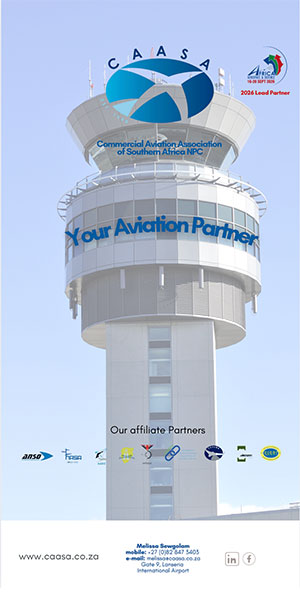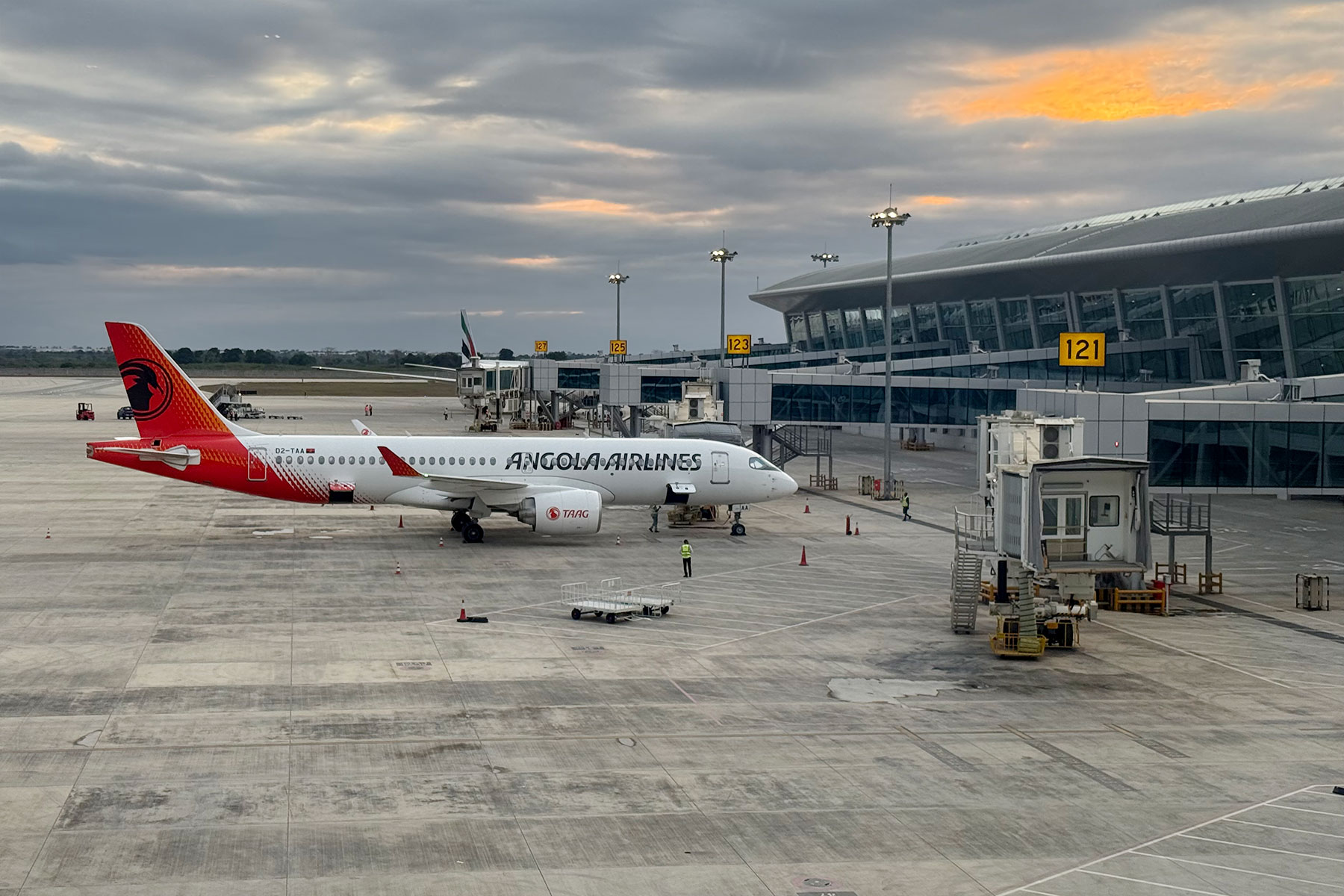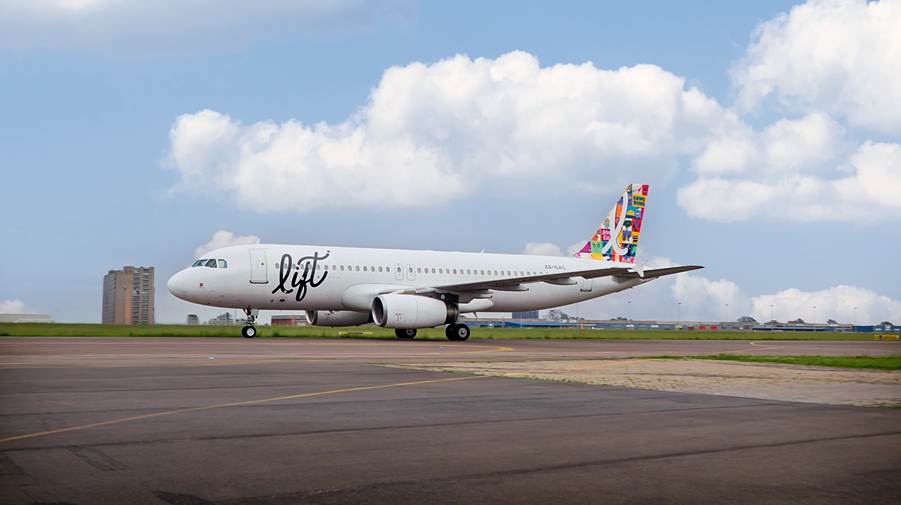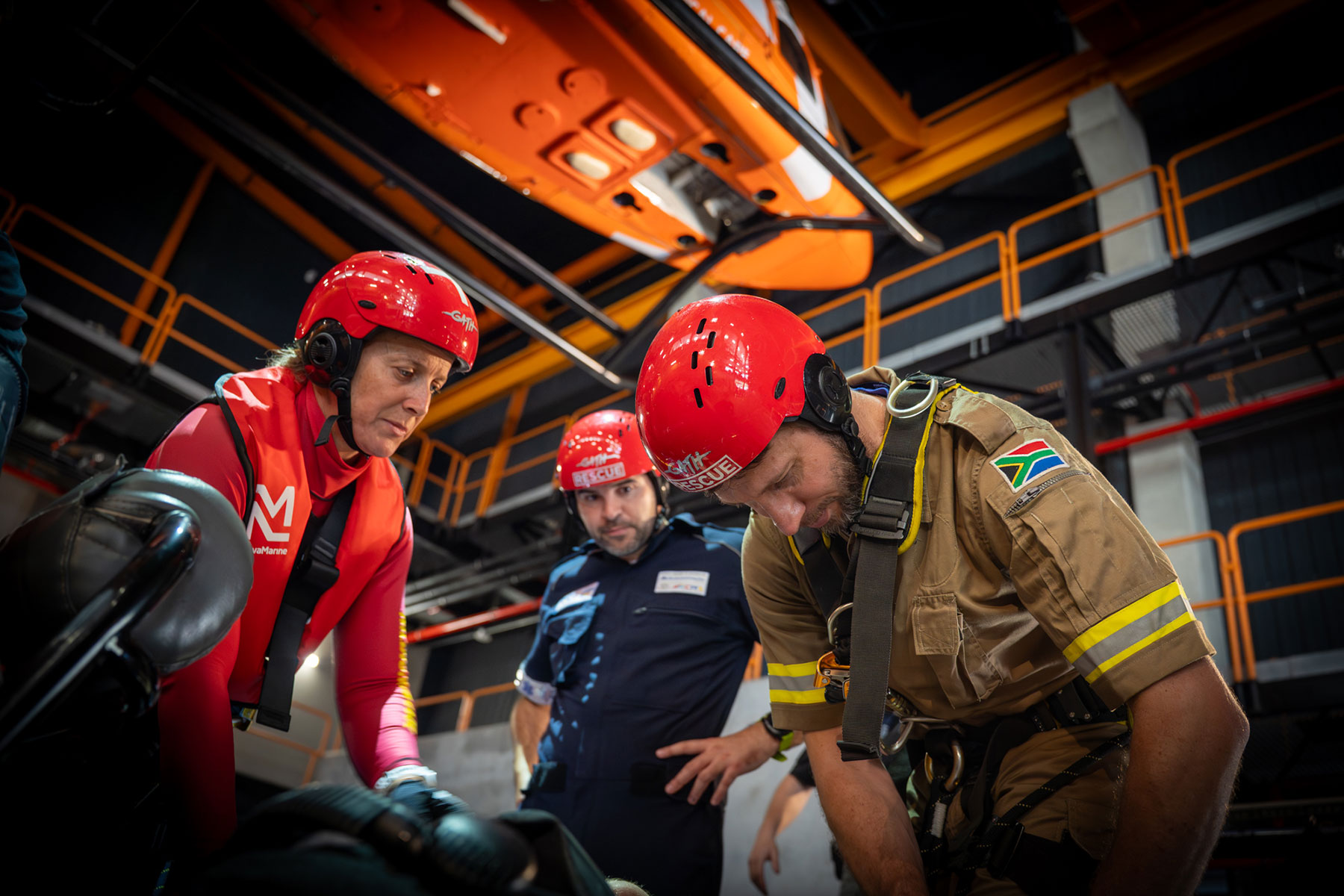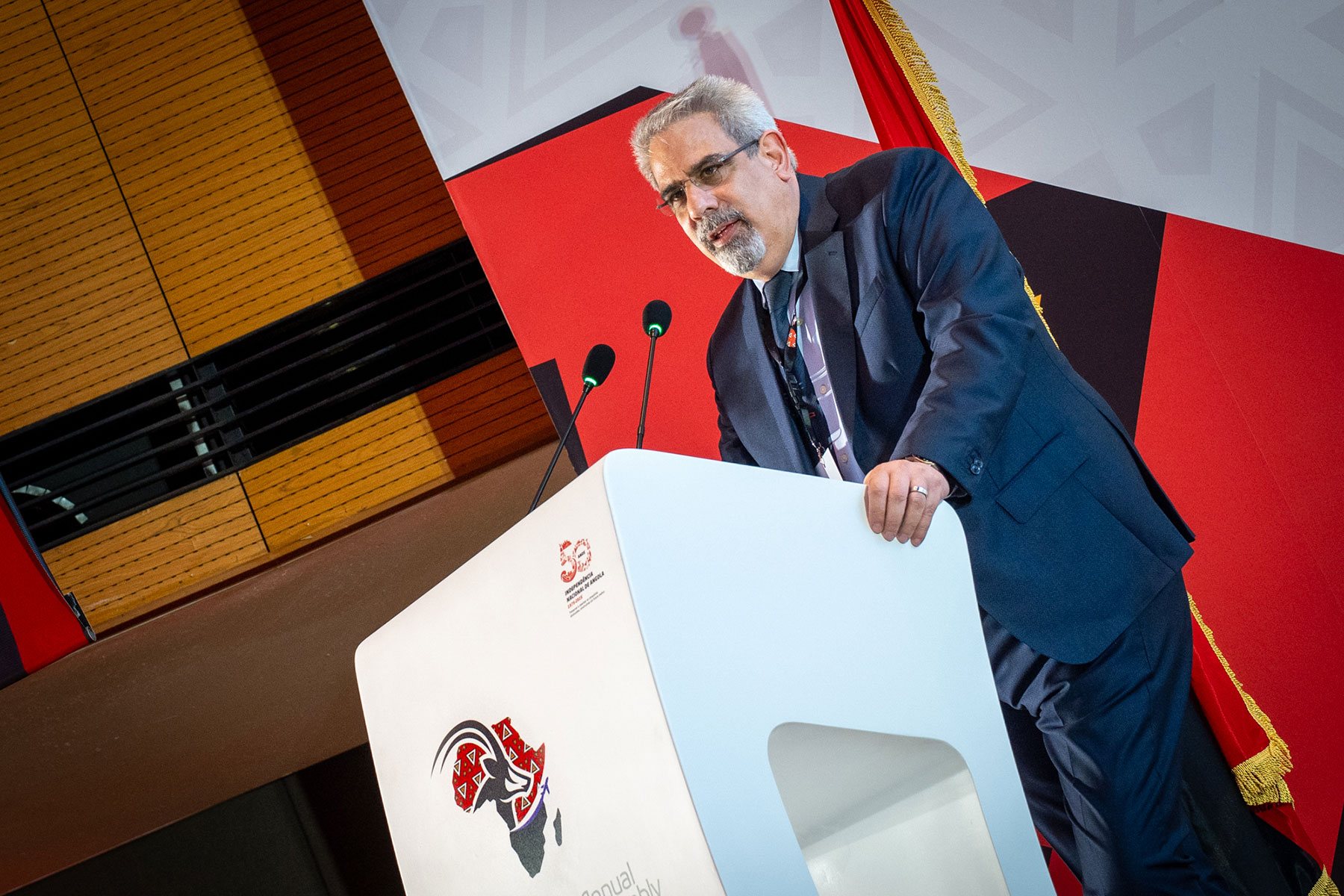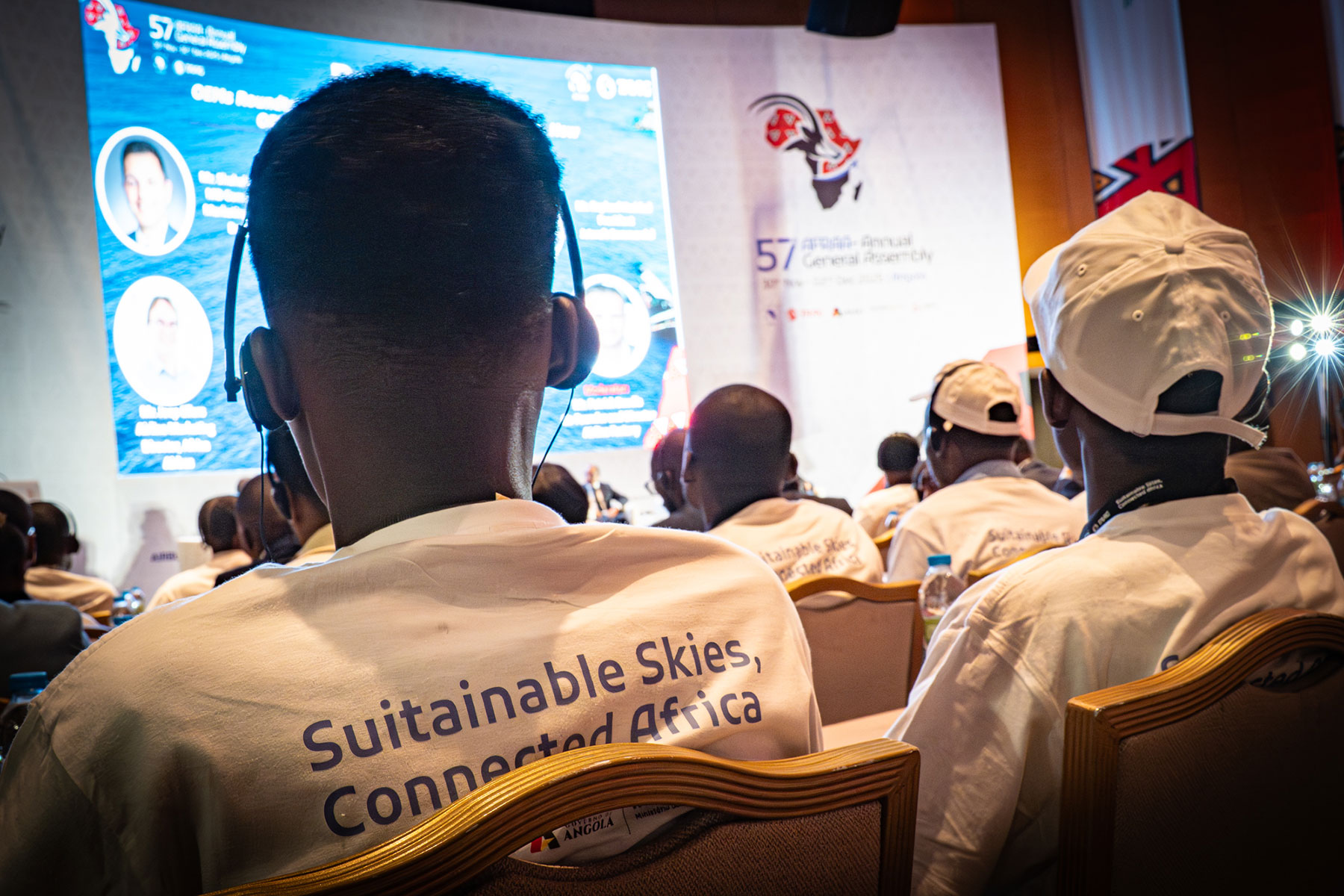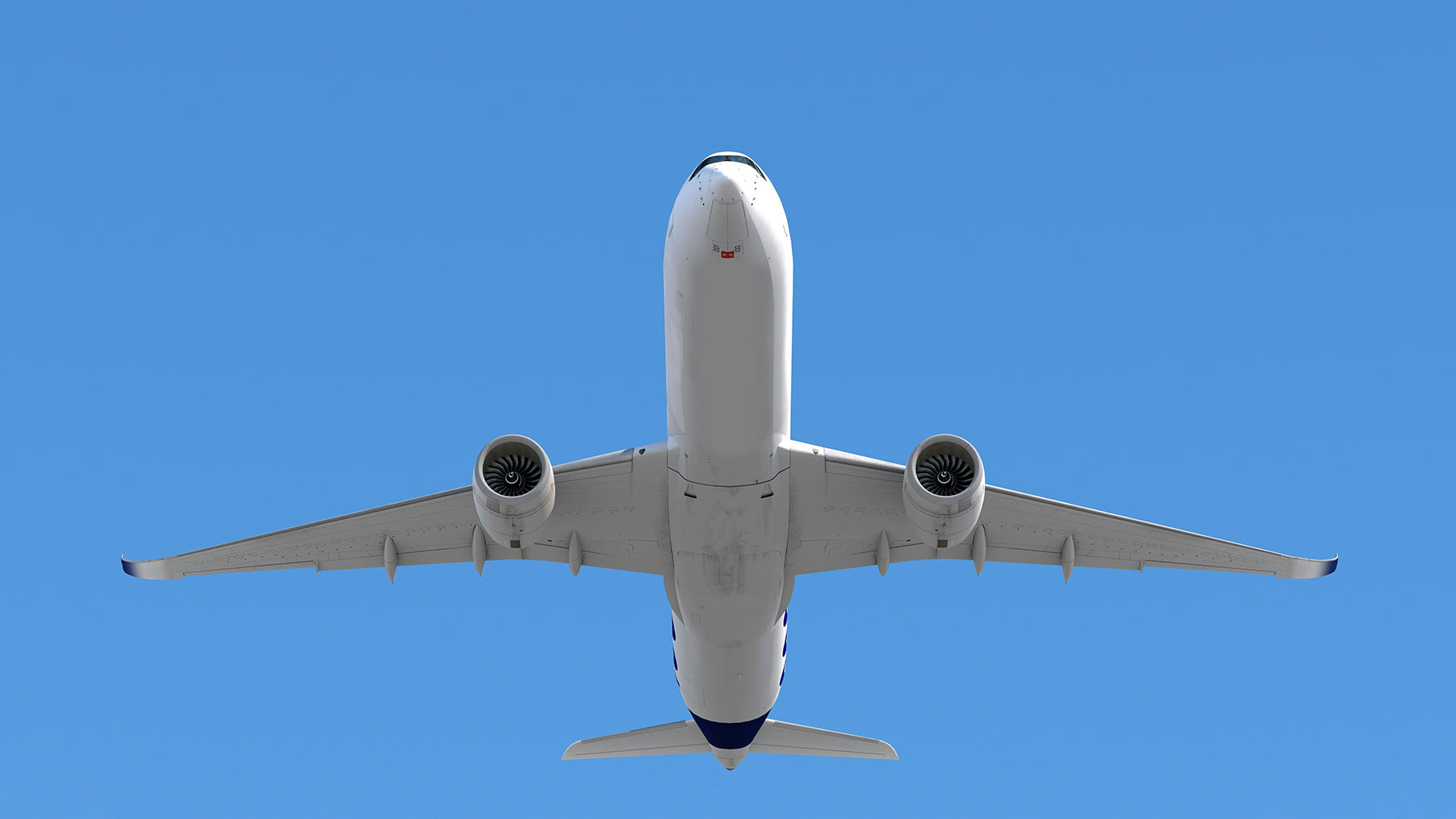During the Passenger Terminal Expo 2025 in Madrid, Huawei launched five aviation solutions, notably including the Smart Airport Intelligent Operation Centre (IOC) to advance intelligent industry upgrades. Huawei executives, including Mr Dong Fangshuo, Vice President of Huawei’s Smart Transportation BU, Mr Yang Guojie, Director of Transportation Industry Solution Domain from Huawei’s Data Communication Product Line, Eric Liu, Chief Engineer of Huawei Optical Network Business, and Dr Rachad Nassar, Director of Global Business & Strategic Partners of Huawei’s Smart Transportation BU attended the launch event.
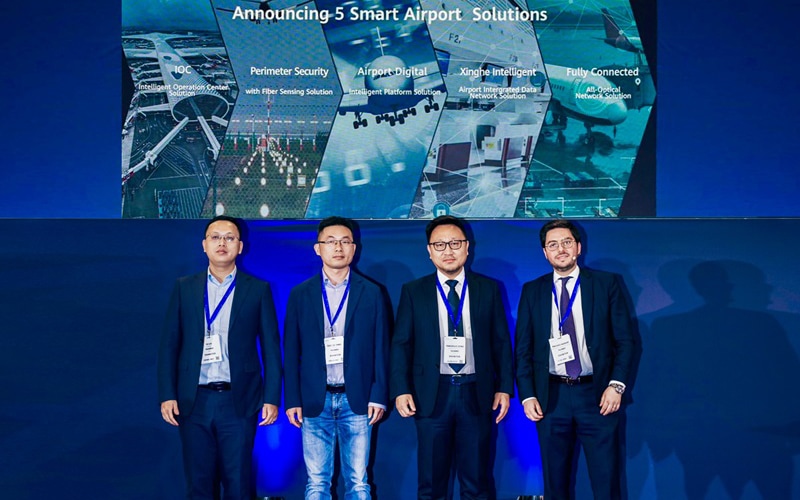
The five solutions unveiled will lay a solid foundation for aviation to “go broadband, go cloud, and go AI”. They are:
Smart Airport Intelligent Operation Centre (IOC)
Huawei’s IOC enables precise and efficient decision-making through all-domain situational awareness. With the Total Airport Management (TAM) concept at its heart, the IOC streamlines management and operations systems and seamlessly connects more than 30 airport production systems, providing a holistic view on one map. Capitalising on AI algorithms, the IOC accurately predicts when an aircraft will move into the stand, optimises resource allocation, and improves the rate of aircraft docking to jet bridges. This results in a 5% increase in flight departure punctuality and ground support efficiency. The system monitors operations in real time, deploys service resources in advance, proactively handles disruptions, strengthens security management, and improves passenger experience—helping airports go digital and intelligent.
Smart Airport Perimeter Security Solution
Huawei’s perimeter security solution, using fibre sensing technology, enhances operational security. By employing distributed optical fibre sensing and AI algorithms, it can precisely identify airfield intrusions even in harsh weather. It detects the vast majority of intrusions and generates very few false alarms, reducing hundreds of alarms per day to less than one per kilometre per day.
Digital and Intelligent Platform for Airports
Based on cloud, data, and AI, this platform supports smarter, more efficient, and secure airport operations.
- Cloud: Core services are migrated for active-active deployment, reducing recovery time from one hour to just five minutes, meeting the 99.99% availability requirement.
- Data: A comprehensive governance system delivers high-quality data for intelligent applications.
- AI: Huawei offers advanced AI capabilities and supports open, compatible mainstream models and engines, working with partners to build optimal industry models.
Xinghe Intelligent Airport Integrated Data Network Solution
This solution ensures a high-quality and reliable communication network. Wi-Fi 7 improves passenger experience, with VIP assurance technology enhancing VIP bandwidth by 20%. Huawei’s exclusive Wi-Fi Shield uses noise superposition to prevent data theft during air interface transmission. The system automates access authentication and authorisation and blocks spoofing and unauthorised access within 30 seconds, enhancing operational efficiency and network stability.
Smart Airport All-Optical Network
Using IP + POL (Passive Optical LAN), this solution introduces the 10G M45 panel-type Optical Network Unit (ONU) – the OptiXstar P892M – tailored for airports. It supports multiple installation modes and enables integrated access of voice, Wi-Fi, and HD video services via a single fibre, offering a reliable, agile, and green infrastructure.
ICT as a Core Aviation System

These solutions highlight the transformation of ICT from a supporting role to a core mission-critical component in aviation. Intelligence is central to this shift, driving airports to reassess how they allocate resources and develop into smart airports. Huawei collaborates with aviation partners to create intelligent digital twin architectures that integrate connectivity, cloud, AI, computing, and applications. This architecture is designed to enhance operational efficiency, business value, safety, and the passenger experience.
Dr Rachad Nassar remarked that aviation’s future depends on digital and intelligent technologies. He affirmed Huawei’s commitment to building safer and more efficient airports, offering a seamless experience. “We will work with more industry partners with best practices to create a new ecosystem for airport innovation and development. Together, we aim to streamline systems, maximise data value, and boost productivity in the aviation sector.”
Showcasing Aviation Intelligence
During the exhibition, Huawei also presented its scenario-based solutions for airport operations, security, and services, including airline operating scenarios. These ensure smooth passenger and flight flows, enhance travel experience, and improve the efficiency of airports and airlines.
To date, over 210 airports, airlines, and air traffic management authorities worldwide have adopted Huawei solutions. Looking forward, Huawei will continue to work with industry stakeholders to build digital, intelligent, safe, green, and passenger-friendly airports, accelerating the intelligent transformation of aviation.


